Join the author, Néstor T. Carbonell, as he shares a critical analysis of the Castro-Communist regime and explores the challenges and opportunities that will likely arise when freedom finally dawns in Cuba.
CHAPTER 6: I Inside a Doomed Expedition: The | Bay of Pigs (January-April 1961)
The president rejected the well-thought-out Trinidad plan because he said that it would «put us so openly in view of the world. … He directed the development of a plan where US assistance would be less obvious, and [said he] would like to meet again within the next few days.»5
Kennedy specifically indicated that «an acceptable plan should provide for a quiet landing, preferably at night, without having the appearance of a World War II-type amphibious assault.»6
As the president continued to emasculate the operation in the interest of non-US attribution, the chance of success progressively dimmed.
March 15—Presentation of the Substitute Zapata Plan
To satisfy the president, the CIA and the JCS worked feverishly to re-frame the landing plan in seventy-two hours. Three options were presented, none of which, according to the JCS, was «considered as feasible and likely to accomplish the objective as the basic paramilitary plan [Trinidad plan].» Nevertheless, the president was inclined to go along with one of the options, which, as noted by Admiral Arleigh Burke, had only a 50 percent chance of success: the Zapata plan, which called for the landing of the Cuban brigade at the Bay of Pigs, on the Zapata Peninsula, south of Cuba.
The beachhead had an airstrip that could accommodate the brigade’s B-26 bombers, and its few access roads would make it difficult for Castro to deploy his troops. Those were some of the reported advantages of the Bay of Pigs location. But there were also major disadvantages that were flagged to the president: resupply, including food, would have to come from outside Cuba; exits from the beachhead could be sealed off by Castro forces; and no sizable local support could be expected since the Bay of Pigs area was largely uninhabited.
It was wrongly assumed that if the landing forces could not hold their positions, they would «melt» into the mountains and become guerrillas. That would have been feasible in Trinidad but not in the Bay of Pigs, which was surrounded by alligator-infested swamps with no mountain hideouts within reach.
General Maximo Gomez, the renowned master of guerrilla warfare during Cuba’s long quest for independence, expressly avoided the Zapata Peninsula as a «geographical and military trap.»8 Of course, we can’t blame the US strategists for failing Cuban history. But flunking geography? That’s another story.
The president did not like the idea of the dawn landing and felt that to make this appear as an inside guerrilla-type operation, the troops with all their equipment should disembark at night and the ships should be clear of the area by dawn. This was a tall order for an amphibious operation with few successful wartime night precedents to draw on.
To meet the president’s directive that the initial landing be as unspectacular as possible, the immediately prior and concurrent tactical air support—the air cover deemed critical by the CIA and the JCS to protect the landing—was reluctantly dropped. As a compromise, a plan was to be devised to make a few strafing runs by fake defectors against the Castro air force several days before the landing.
The downside was that this would alert the Cuban regime to the imminent invasion and expose the landing forces to relentless bombing if Castro’s fighter planes were not all knocked out ahead of time—which is exactly what happened.
In the course of the meeting, «the president also jriquired what would happen if it developed after the invasion that the Cuban exile force were pinned down and being slaughtered on the beaches.» After further discussion, «it was decided they would not be re-embarked because there was no place to go. Once they were landed, they were there.»
March 31
On March 31, Undersecretary of State Chester Bowles, who opposed the invasion, wrote Secretary Rusk that «those most familiar with the Cuban operation [the Zapata plan as curtailed and weakened] seem to agree that … the chances of success are not greater than one-out-of-three. … The one way we can reduce the risk [of failure] is by a sharply increased commitment of direct American support. In talking to Bob McNamara and Ros Gilpatric at lunch Tuesday at the Pentagon, I gathered that this is precisely what the military people feel we should do.»9
April 4-10
On April 4, President Kennedy held a meeting at the State Department with high-ranking members of the JCS and the CIA, and with his executive team, to review the scaled-down Zapata plan and agree on next steps. The president was still hesitant about the plan and again indicated his preference for an operation that would infiltrate the force in units of two hundred to two hundred fifty and then develop them through a buildup.
Colonel Jack Hawkins, chief of the CIA paramilitary section on loan from the US Marine Corps, took exception to Kennedy’s recommendation. Armed with vast experience acquired in the invasions of Corregidor in the Philippines, Okinawa Island southwest of Japan, and Inchon in Korea, the colonel explained to the president «that landing small groups would merely serve to alert Castro, and they would be eliminated one by one. He indicated that a group of 200 was below the critical number able to defend themselves.»
Senator Fulbright, who had been invited by the president to attend the meeting, thrashed the invasion plan, calling it immoral, illegal, and absurd. By lambasting the plan in such a sweeping and high-handed manner, he implicitly condemned and irked all those in attendance who for more than two months had been grappling with the operation. Fulbright’s haughty sermon (coming from an «outsider») only served to galvanize the esprit de corps of the group and to draw sharp rebuttals and criticism. Except for Rusk, no one spoke against the Zapata plan, not even those who had serious reservations about it.
Indeed, when Kennedy went around the table and asked for their verdicts, they cast their votes in favor. The sentiment of the group was captured by Adolf Berle, who, when pressed by the president to cut short his long-winded speech and vote, blurted out: «Let ‘er rip.»
Kennedy adjourned the meeting with no final decision, saying, «We’d better sleep on it.» The clock was ticking, but the wavering persisted.»
April 5-17
During the twelve days prior to the launch of the pared-down invasion, the president reiterated to the CIA and the JCS that no US troops would be involved, and he rejected the so-called «Nestor plan» (no relation to the author) that called for US paramilitary support. The only hope of averting disaster rested on the air supremacy of the brigade, but this critical condition was effectively thwarted by fatal decisions.
The original plan recommended by the CIA and the JCS to President Kennedy envisaged all-out air strikes not prior to D-l, so as not to alert the Castro forces prematurely. But since the president had rejected a massive air attack as too «spectacular,» it was decided as a compromise to go to limited air strikes starting on D-2 with the objective of destroying Castro’s attack planes on the ground.
The strikes wepCto be carried out by brigade pilots posing as defectors from the Castro air force.
This convoluted scheme was intended to back up the fiction that air support for the invasion force was coming from within Cuba.
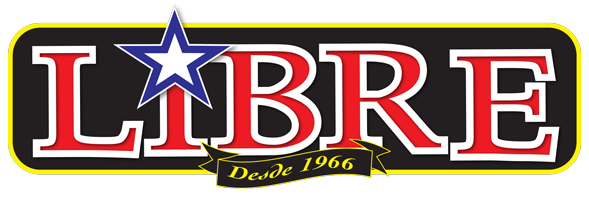


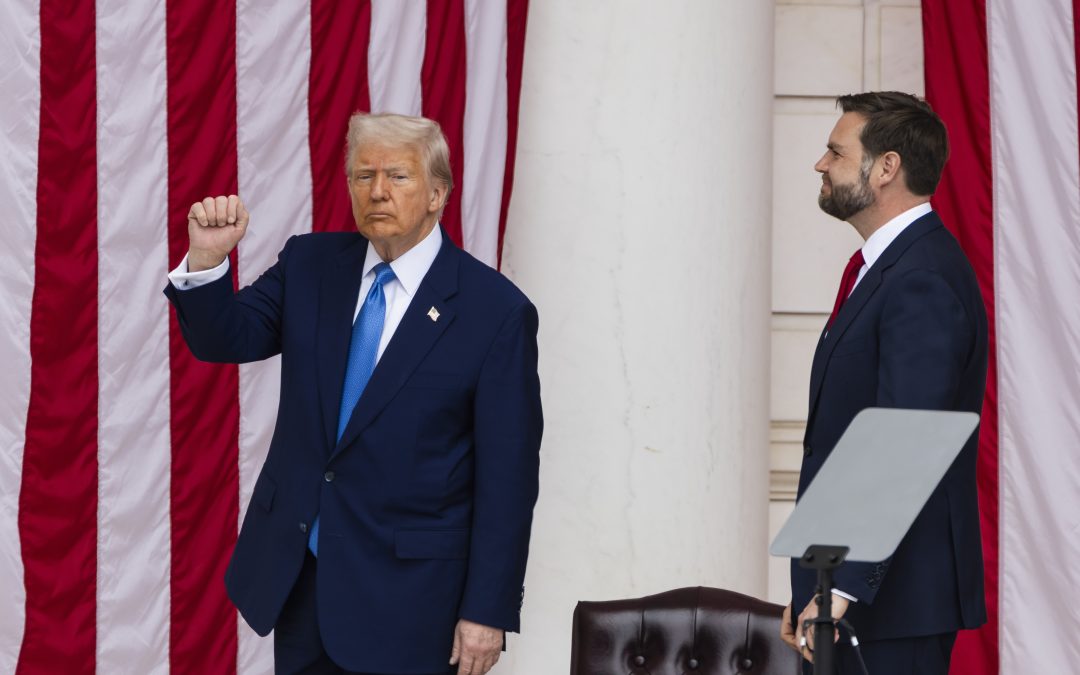
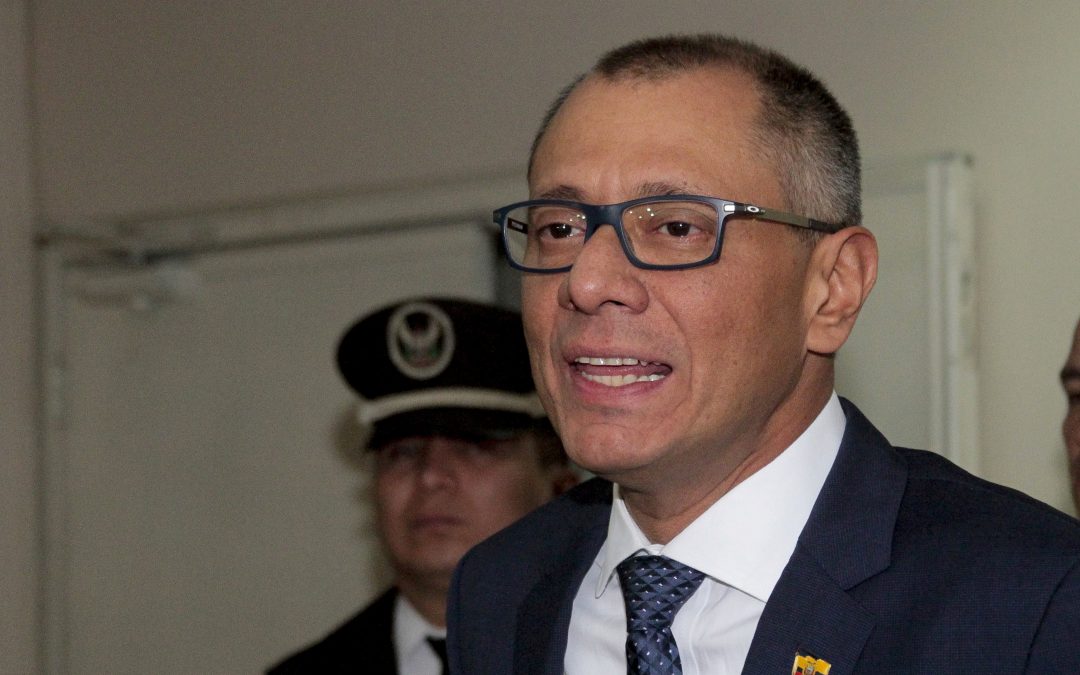
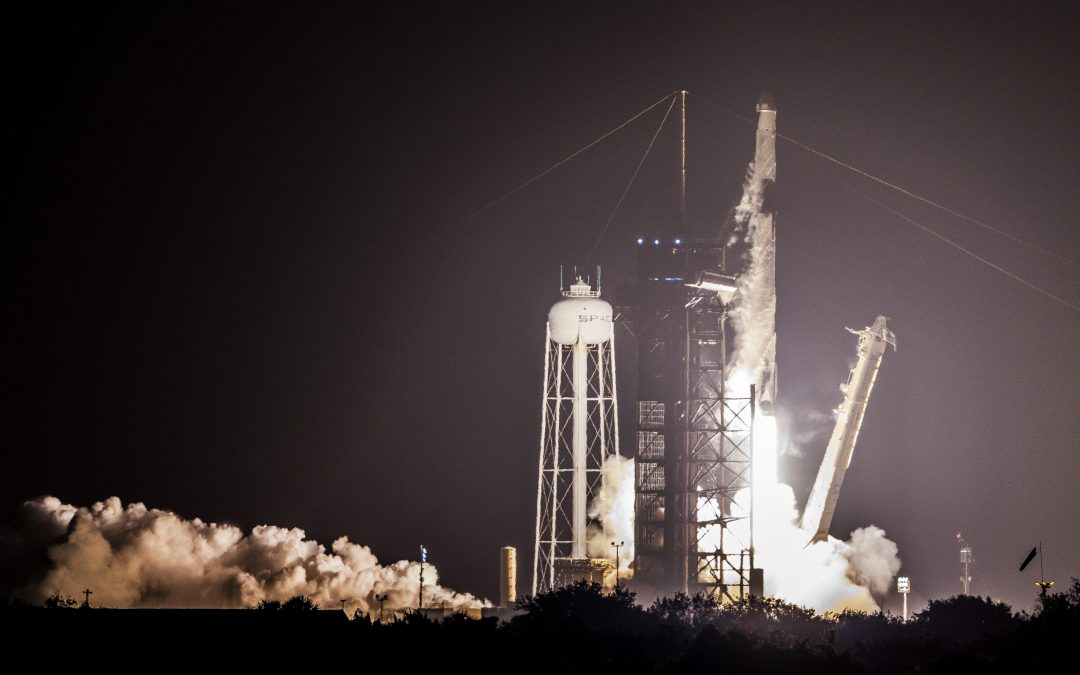
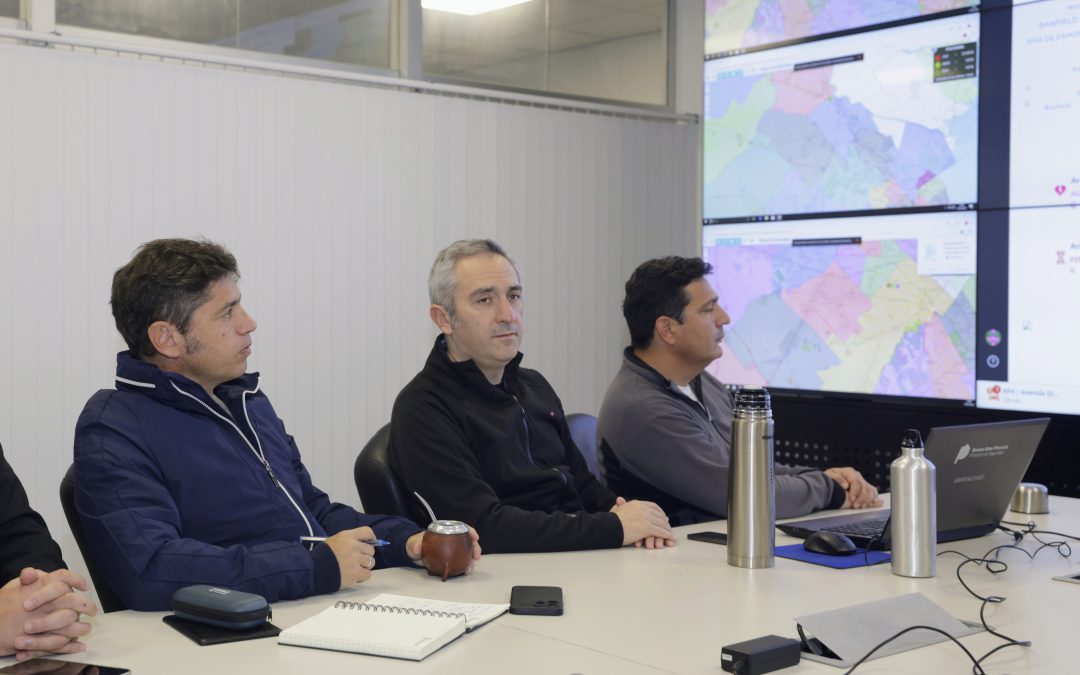




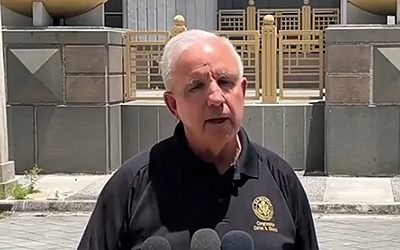

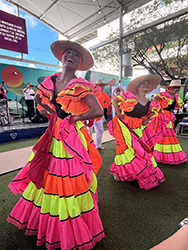
0 comentarios